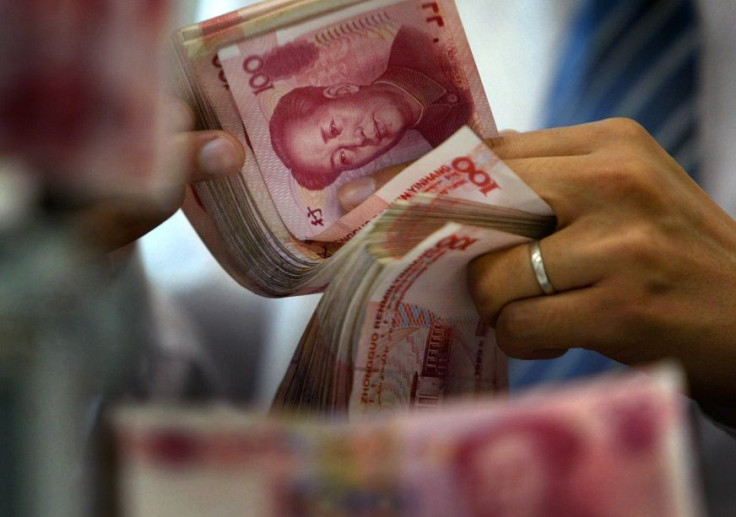Central Bank of China: Yuan devaluation would not completely affect nickel’s future

It was nickel that suffered most last LME trading. Last week, it even finished down with a 2.2 percent loss at US$10,515 [AU$14,255] a tonne, which was a follow-up blow to metal investors: it just came from a dismal below US$10,000 [AU$13,560] per tonne level several days before that, its lowest price since 2008.
The price fall, which affected not only nickel but also other industrial metals like aluminium, zinc, tin and lead, was caused by the continuously worsening economic data coming from China and its national bank’s decision to lower the value of yuan for the third time. The Chinese Central bank asserted that the possibilities of doing a fourth currency devaluation remains farfetched.
“Looking at the international and domestic economic situation, currently there is no basis for a sustained depreciation trend for the yuan,” the central bank said, as reported by Metal Miner.
The Chinese bank was forced to opt for yuan devaluation after the economic measures utilised to improve exports and growths amid overvalued currency had failed. In the past years, the Chinese currency has become overvalued against the U.S. dollar and has been untenably high against other major currencies such as yen, pound and euro.
The economic rout in July suppressed various markets in the country, affecting the construction sector the most.
The steel makers in the China, which were the most voracious consumers of metals, had to cut their purchase down to unpredictable levels. This introduced an imbalance in the supply-demand segment in the global metals market.
Economists and analysts are still waiting for the occurrence of the supply deficit that could radically change the metals segment’s current condition. Many commodity experts believe that the continuity of the Indonesian ore ban is an essential factor in keeping industrial metals relevant among global investors.
In 2014, the unexpected enactment of the ore prohibition bill in Indonesia helped base metals—especially nickel—to record bull market rallies punctuated only by a few short-term price falls. This was the year when industrial metals surpassed precious metals’ prices and relevance for the first time in recent years.
The ore ban, which created a speculation that it would soon suppress the supply sector, made many small metal explorers and miners popular, as their promising would-be contributions could offset the looming production dearth.
Last year, Russia-based explorer-turned-licensed miner Amur Minerals (London AIM: AMC) became the investors’ favourite for its work on the Kun-Manie reserve, currently one of the world’s largest mining facilities capable of producing more than 90 million tonnes of nickel ore.
On metal market’s future
The central bank has already said that the entire global financial market would not be affected in the long-term, especially now that it has no plans of doing another value cut for its currency.
On August 14 , the Chinese government put an end to speculations on another value cut after raising yuan’s value against the U.S. dollar by 0.5 percent. However, institutions like Goldman Sachs believe that the Chinese economy remains an essential factor in seeing a better commodity market in the remaining quarters of this year.
For Goldman Sachs, China is now part of a “negative feedback loop” that is pulling commodity prices down amid slow economic growth that paved the way for reduced borrowing and spending among consumers and industries.
Hence, the future of nickel and other mining commodities still depends on China.
Contact the writer at feedback@ibtimes.com.au, or let us know what you think below.





















